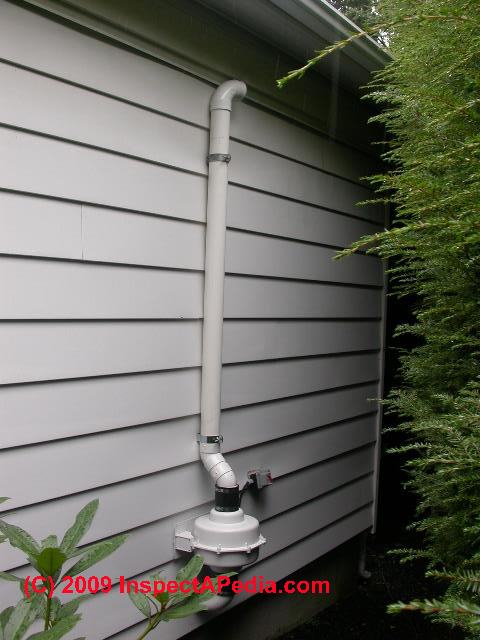Radiation Protection
Is radon really bad for you?
Breathing radon over time increases your risk of lung cancer. Radon is the second leading cause of lung cancer in the United States. Nationally, the EPA estimates that about 21,000 people die each year from radon-related lung cancer. Only smoking causes more lung cancer deaths.
However, the absolute numbers of radon-induced lung cancers are much bigger in people who smoke, or who have actually smoked in the past, as a result of a solid combined effect of smoking as well as radon. Because study, a substantial result (95% CI) was acquired for the Bq/m3 group.
As an outcome of such studies, Cohen and also others have actually ended that those staying in residences with radon degrees as much as 4.0 pCi/ l have a less than normal possibility of having lung cancer cells. While no degree of radon gas is entirely secure, as Great site with most things in life we must balance the advantages and costs to locate our very own" appropriate" levels.
Is radon mitigation really necessary?

When radon gas enters the body, it exposes the lungs to small amounts of radiation. In small quantities, experts say this is harmless. However, in persistent exposures or larger quantities, radon can damage the cells of the lining of the lungs, increasing a person's chance of developing lung cancer.
It can additionally be released from developing products or via water stemming from radon-contaminated wells, according to the National Institutes of Wellness (NIH). Radon degrees can be higher in homes and also buildings that are well-insulated, firmly secured or built on dirt abundant in the radioactive components uranium, radium and thorium.
- Your threat of lung cancer raises considerably with exposure to higher radon levels.
- Radon gas is a naturally-occurring byproduct of the contaminated degeneration of Uranium in the dirt.
- Depending upon your geographic location, the radon degrees of the air you take a breath beyond your residence might be as high as 0.75 pCi/L.
- The US EPA has put it simply, stating, "Any type of radon direct exposure has some risk of creating lung cancer cells.
For example, an individual living in a house with a radon level of 4.0 pCi/L or reduced has an approximately 7 in 1000 opportunity of getting ill. On the other hand, a person living in a home with a radon degree of 20 pCi/L or higher has a 36 in 1000 chance of contracting lung cancer. The World Wellness Company (WHO) established an action degree of 2.7 pCi/L based upon a three-year worldwide research study by greater than 30 prominent scientists.
What are the symptoms of radon in your home?
If a person has been exposed to radon, 75 percent of the radon progeny in lungs will become "harmless" lead particles after 44 years. When an alpha particle damages a cell to make it cancerous, the onset of lung cancer takes a minimum of 5 years but most often 15 to 25 years, and even longer.
Nonetheless, when radon obtains caught inside-- after getting in a home with joints in walls, cellar floorings, foundations and various other openings-- it might focus at harmful degrees. In fact, radon is the second leading cause of lung cancer, responsible for an estimated 21,000 fatalities each year in the United States, contributing to lung cancer cells's standing as the # 1 cancer cells killer. When breathed in right into the lungs, it can harm DNA as well as cause lung cancer. The EPA's recommended level for radon reduction is 4.0 pCi/L or above. It is nonetheless a worthy gas without chemical affinity but is conveniently influenced by air activities and also stress.
How long does it take for radon to cause cancer?

Fact: You will reduce your risk of lung cancer when you reduce radon levels, even if you've lived with an elevated radon level for a long time. Keep in mind that radon levels below 4 pCi/L still pose some risk and that radon levels can be reduced to 2 pCi/L or below in most homes.